

Best Soil Types for Successful Plant Acclimation After Transplanting
Introduction
Choosing the right soil type is vital for plants after transplanting. Transitioning to a new environment can pose challenges, like nutrient imbalance and moisture issues. Understanding soil composition will help your plants thrive. In this section, we will explore soil nutrient acclimation, transplant shock, and essential soil parameters.
Summary and Overview
Soil nutrient acclimation refers to how plants adjust to new soil conditions. This process is crucial for successful transplanting, as plants can experience transplant shock. Transplant shock occurs when a plant is moved, disrupting its growth and leading to symptoms like wilting or yellowing leaves.
Key soil parameters include pH, nutrient availability, and moisture levels. The right pH ensures nutrient uptake is optimal, while sufficient nutrients promote healthy root growth. Moisture levels affect overall plant health, helping them adapt better. For accurate pH readings, consider using a Soil pH Meter to keep your plants happy and thriving.
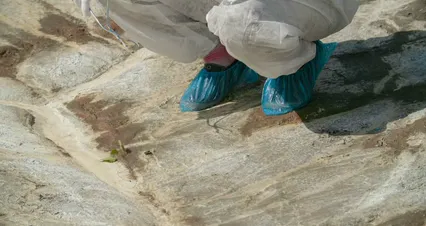
Preparing your soil before transplanting is essential. Conduct soil tests to understand nutrient composition and amend accordingly. Additionally, learn about the specific needs of your plants to minimize shock and ensure a smooth transition. After transplanting, ongoing care is just as important for nurturing your plants.
Understanding Soil Nutrient Acclimation
What is Soil Nutrient Acclimation?
Soil nutrient acclimation is the process of plants adjusting to the nutrient profile of their new soil. Think of it as a plant getting used to a new neighborhood. Just as we adapt to local grocery stores and parks, plants need time to adjust to their new soil.
A balanced nutrient mix is vital for healthy plant growth. Essential macronutrients like nitrogen, phosphorus, and potassium, combined with micronutrients, support various functions. A lack of these nutrients can lead to stunted growth, wilting, and yellowing leaves. In extreme cases, poor acclimation can cause plant death.
Understanding the nutrient needs of each plant helps create an inviting environment. For instance, nitrogen encourages leafy growth, phosphorus aids root development, and potassium boosts overall vitality. Regularly assess your soil nutrient levels to ensure optimal conditions for your plants. To help with this, a Soil Test Kit can provide insights into your soil health.
Importance of Soil Nutrients in Transplanting
Healthy roots form the foundation of thriving plants. Strong root systems promote nutrient uptake, essential for plant health. If roots struggle to secure necessary nutrients, the entire plant suffers, leading to poor growth.
Nutrients play a significant role during transplanting. Macronutrients and micronutrients help reduce transplant shock. When a plant is uprooted, it faces sudden changes, similar to a child starting at a new school. The right nutrients allow plants to bounce back quickly.
Macronutrients, including nitrogen, phosphorus, and potassium, facilitate crucial processes such as photosynthesis and energy transfer. Meanwhile, micronutrients, although needed in smaller amounts, are vital for chlorophyll production and enzyme function.
Nutrient deficiencies can hinder acclimation, leading to stunted growth and poor health. By maintaining a nutrient-rich environment, you provide your plants with the best chance to thrive after transplanting. Consider using organic fertilizers to enhance your soil’s nutrient profile effectively.
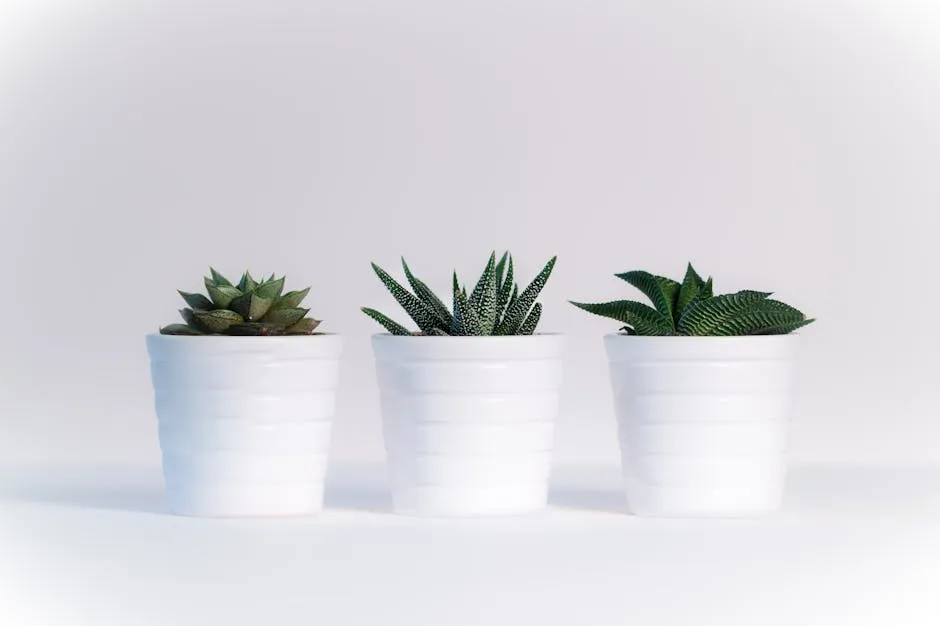
For more information on how to adjust your soil composition for better plant health, check out our article on soil nutrient acclimation.
Preparing the Soil for Transplanting
Testing the Soil
Before planting, testing your soil is essential. You wouldn’t want to cook without knowing your ingredients, right? Soil testing reveals nutrient content and pH levels. You can use DIY kits available at garden centers for convenience. For more detailed analysis, consider sending samples to a professional lab.
Understanding pH is crucial. Most plants thrive in a slightly acidic range of 6.0 to 7.0. If your soil is off, it can hinder nutrient uptake. Nutrient analysis helps identify deficiencies or excesses, guiding your amendments. Products like a soil pH meter or comprehensive soil test kits can be particularly helpful. These tools empower you to create an optimal environment for your plants.
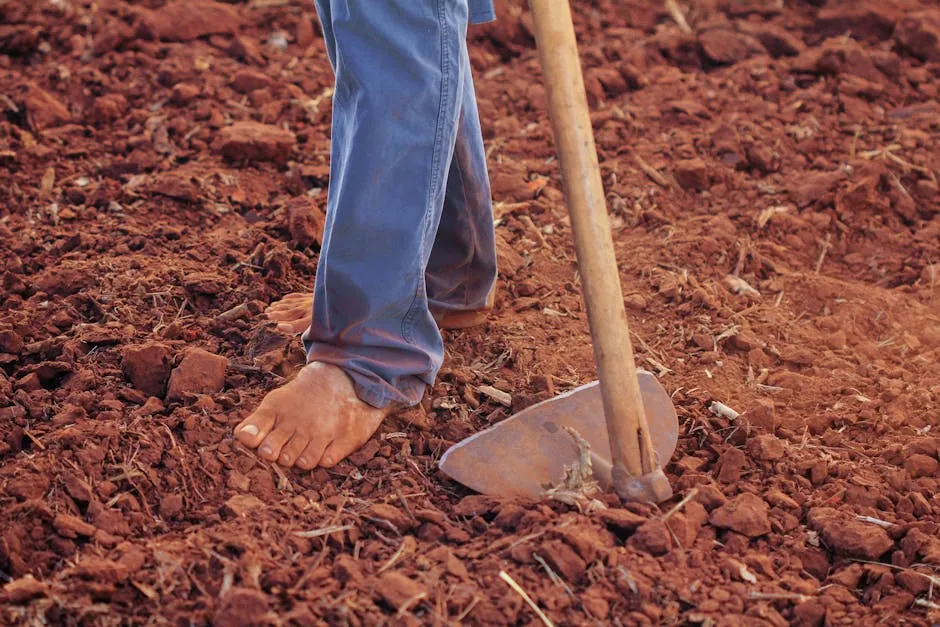
Amending the Soil
Once testing is complete, it’s time to enrich your soil. Think of soil amendments as your plants’ vitamins. You can incorporate compost, organic fertilizers, and well-rotted manure to enhance nutrient levels. Compost not only adds nutrients but improves soil structure and moisture retention. To make the process even easier, consider using a compost bin for efficient composting.
Tailoring amendments to specific plant needs is key. For example, if your soil lacks nitrogen, using a nitrogen-rich fertilizer is a solid choice. Similarly, phosphorus can be boosted with products like bone meal fertilizer. Mixing these amendments thoroughly into the soil ensures an even distribution, setting the stage for successful growth. When you choose the right amendments, your plants will thank you with vibrant growth.
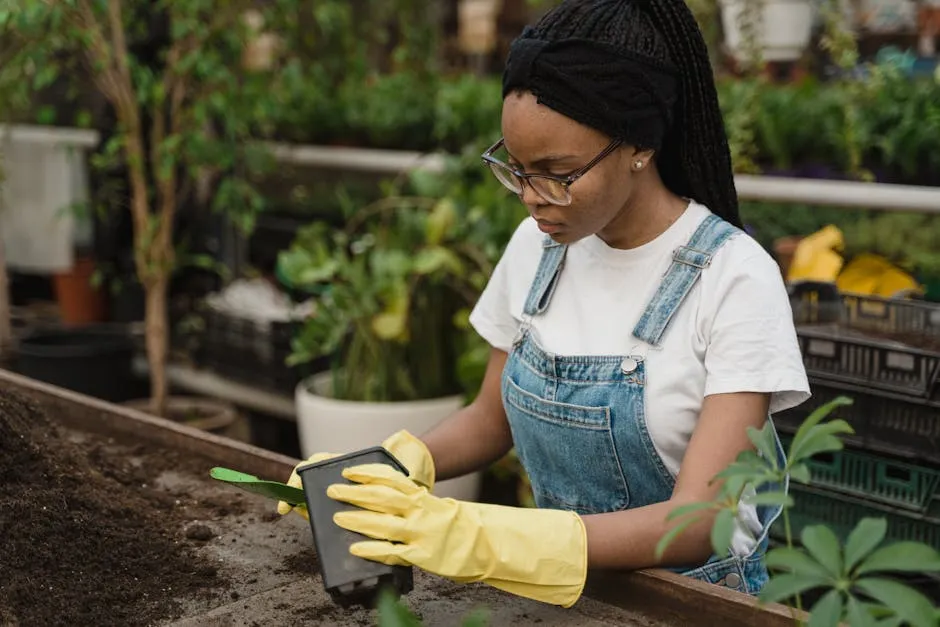
Ensuring Proper Drainage
Proper drainage is vital for plant health. Think of roots as fish; they need to breathe! Poor drainage can lead to root rot, suffocating your plants. To improve drainage, consider mixing organic matter like peat or sand into your soil. This enhances aeration and allows excess water to escape. Peat moss is an excellent amendment to consider for improving soil structure.
Raised beds are another excellent solution. They elevate soil, allowing it to drain freely while providing a warm environment for roots. Assess your soil texture; sandy soils drain well, while clay soils may need more attention. By ensuring good drainage, you create a welcoming home for your plants to thrive after transplanting. Regularly check your garden’s drainage conditions to maintain optimal growing conditions.
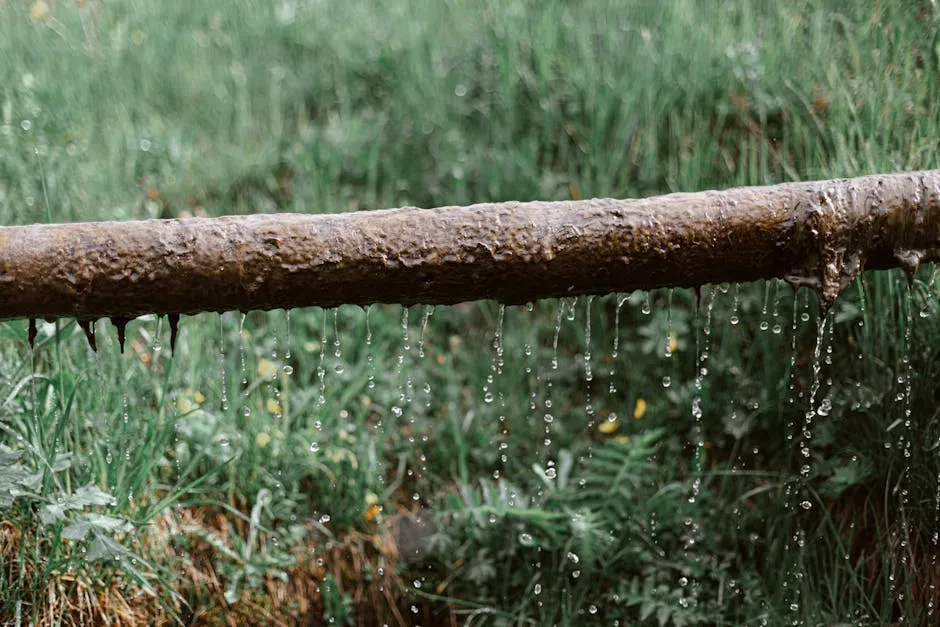
Timing and Weather Conditions
Choosing the Right Time to Transplant
Timing is crucial for successful plant transplanting. Transplanting during the right season can significantly reduce stress on your plants. Many plants thrive when moved during their dormant periods. Early spring or fall is often ideal.
For instance, perennial flowers and shrubs typically rest during winter. They awaken just as spring arrives, making this the perfect time for relocation. Conversely, heat-loving vegetables like tomatoes should be transplanted after the last frost. Researching the specific dormancy schedules of your plants can be beneficial.
Local gardening calendars are excellent resources for identifying optimal transplanting times. By aligning with nature’s rhythm, you can enhance the chances of a smooth transition for your plants.

Weather Considerations
Weather conditions can impact the success of your transplanting efforts. Just as you wouldn’t plan a picnic during a storm, avoid transplanting in extreme conditions. Hot, windy days can lead to moisture loss and stress for your plants.
Instead, choose mild, overcast days for transplanting. These conditions can help retain moisture and reduce stress on the plants. Monitoring local forecasts is essential. If temperatures are expected to fluctuate drastically, it may be wise to postpone the transplant.
If you must transplant during less-than-ideal weather, consider using protective measures like shade cloth. This can shield your plants from harsh sunlight and wind. By being mindful of weather conditions, you can create a more favorable environment for successful plant acclimation.

Steps for Successful Plant Transplanting
Pre-Transplanting Preparation
Preparation is key to a successful transplanting experience. Start by hydrating your plant before the move. Give it a thorough watering a few hours or a day prior. This helps reduce stress on the roots.
Next, focus on the root ball. Gently dig around the plant’s base, capturing as many roots as possible. Aim for a root ball that is about twice the diameter of the plant’s stem. If roots are tightly bound, loosen them carefully. Wrapping the root ball in burlap can keep it intact during transport. Taking these precautions can greatly enhance your plant’s chances of thriving in its new home.
Using a transplant checklist can help ensure you don’t overlook any vital steps in your preparation process.

Transplanting Techniques
When transplanting, planting depth and spacing are crucial. Ensure your plant sits at the same depth as before; this prevents stem decay. If you plant too deep, moisture can accumulate around the stem, leading to rot. Conversely, planting too shallow can dry out roots, causing stress.
Spacing is equally important. Proper spacing allows air circulation, reducing competition for nutrients and sunlight. Crowded plants may struggle to thrive due to resource competition. A good rule of thumb is to space plants based on their mature size. This practice supports healthy growth and minimizes the risk of disease.
Handle plants gently during this process. When lifting, hold them by the root ball, avoiding damage to fragile stems. After planting, water thoroughly to eliminate air pockets. This helps roots establish contact with the soil.
To mark your planting spots, consider using plant labels or stakes. This method ensures accurate spacing while keeping your garden organized.

Post-Transplant Care
Post-transplant care is vital for healthy acclimation. Start with watering. Newly transplanted plants require consistent moisture to establish roots. A deep watering immediately after planting helps them adjust. Aim to keep the soil moist but not soggy. Overwatering can lead to root rot.
Mulching is another effective post-transplant strategy. Applying a layer of mulch conserves moisture, suppresses weeds, and maintains a stable soil temperature. Organic mulches, like wood chips or straw, are excellent options.
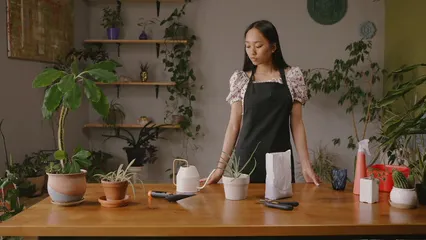
Keep an eye out for signs of stress. Common symptoms include wilting, yellowing leaves, and stunted growth. If you notice these, adjust your care routine. Providing extra shade during hot weather can help alleviate stress. Regular monitoring ensures your plants adapt smoothly to their new environment.
Common Mistakes to Avoid
Avoiding common transplanting mistakes is essential for success. One common pitfall is not testing the soil before transplanting. Ignoring soil conditions can lead to nutrient deficiencies or imbalances, hindering plant growth. Always assess your soil’s pH and nutrient levels first.
Another mistake is improper watering. Both overwatering and underwatering can stress plants. Ensure your watering routine keeps the soil consistently moist, but not waterlogged.
Lastly, neglecting post-transplant care can be detrimental. After transplanting, monitor your plants regularly. They need consistent attention to thrive.
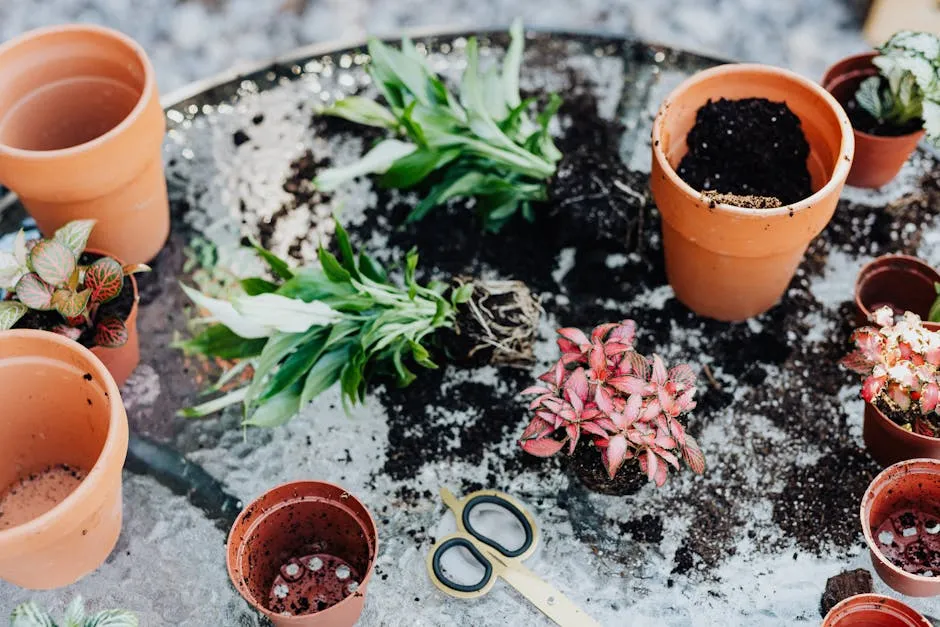
Practical Strategies for Successful Transplanting
Acclimating Plants Gradually
Acclimating plants gradually is essential for a successful transplanting experience. Think of it as helping a friend adjust to a new school. Start by hardening off seedlings before they move outdoors. This process involves gradually exposing them to outdoor conditions over a week. Begin with just a few hours of sunlight and slowly increase exposure each day. This approach helps reduce shock and prepares them for their new environment.
Using protective measures can also make a difference. For instance, windbreak netting can shield delicate plants from strong gusts, while shade cloths can provide relief from harsh sunlight. These small actions create a welcoming atmosphere for your plants. Remember, a gentle transition leads to healthier plants.

For a clear timeline, start hardening off seedlings about a week before transplanting. Each day, increase their time outdoors, adjusting based on weather conditions. This gradual acclimatization will help your plants thrive in their new home.
Nutrient Solutions and Fertilizers
Using nutrient solutions effectively after transplanting can significantly boost your plants’ recovery. Think of it as a nutrient-packed drink for your plants! When you transplant, consider adding a diluted nutrient solution to the planting hole. This gives your plants immediate access to essential nutrients, helping them establish roots quickly.
After transplanting, continue to nourish your plants with organic fertilizers. Look for options that are rich in nitrogen, phosphorus, and potassium to support healthy growth. Organic manure or compost tea bags can be excellent choices. However, be cautious with application rates. Over-fertilizing can burn roots, causing more harm than good.
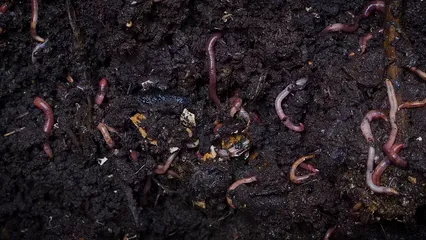
For recovery, consider specific fertilizers like fish emulsion fertilizer or organic mulch that promote growth while being gentle. By providing the right nutrients, you’re setting your plants up for success. With these practices, your plants will have the best shot at thriving in their new environment.
Conclusion
Choosing the right soil type is crucial for successful plant acclimation. It sets the stage for healthy growth and minimizes transplant shock. Implementing best practices in soil preparation, gradual acclimation, and nutrient management will ensure your plants thrive. Healthy plants not only beautify your garden but also contribute to long-term sustainability. Embrace these strategies, and watch your garden flourish!
Please let us know what you think about our content by leaving a comment down below!
Thank you for reading till here 🙂
All images from Pexels



